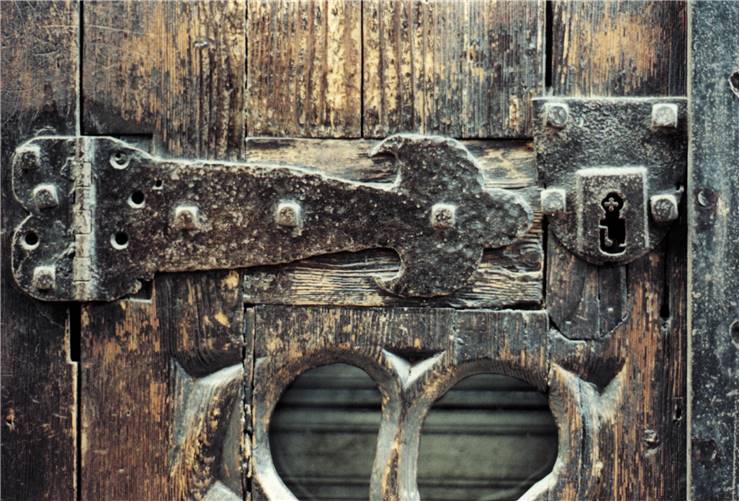History of Locks
From the dawn of modern civilization, our ancestors developed a need to keep their belongings to themselves by using mechanical devices known as locks. Initially, those locks were only simple knots made from rope or other materials (they were used only to detect if someone tried to open them), but as the time went on and new technologies were developed, true locks made from wood and metal started being used across the world. Modern day historians are unsure which ancient civilization was first to create mechanical locks, and many believe that Egyptians, Greeks, and Romans developed those skins independently from each other.
History of mechanical locks started over 6 thousand years ago in Ancient Egypt, where locksmith first managed to create simple but effective pin tumbler lock that was made entirely from wood. It consisted of the wooden post that was affixed to the door, and a horizontal bolt that slid into the post. This bolt had set of openings which were filled with pins. Specially designed large and heavy wooden key was shaped like modern toothbrush with pegs that corresponded to the holes and pins in the lock. This key could be inserted into opening and lifted, which would move the pins and allow security bolt to be moved.

During 1st millennia BC, locks finally started improving with the technologies and designs that were introduced by Greeks and Romans. Greek locks were commonly viewed as unsecure, but they gave inspiration to the Roman innovators who quickly managed to improve upon Greek and Egyptian locks by introducing metals as their primary materials. By utilizing iron locks, Romans were finally able not only to have very strong protection against brute-force attacks, but also keys were for the first time small that they could be worn in pockets, on as a pendant or even infused into rings. During this time wards were also developed, ensuring that only correct key with correct shape of projections can push corresponding pins before lock could rotate and throw the bolt.
After the fall of Roman Empire in 1st century AD, innovation in the field of locks was completely grounded to the halt. Locksmiths in the European dark and middle ages did not have technology or funds to create new protection techniques, but they used this time to try to confuse or compound lockpickers with new tactics. Instead of one simple lock they created multiple key mechanisms, increasingly complicated key designs, they obscured keyholes with detailed ornaments, created fake keyholes (with fake mechanisms inside), and more.
Progress finally came in 18th century, when technological advances finally enabled engineers to create small and sturdy mechanisms. This new wave of lock innovation was led by the inventions of Robert Barronin 1778 (double-acting tumbler lock), Joseph Bramah in 1784 (Bramah lock, unpickable for 67 years), Jeremiah Chubb in 1818 (detector lock with high internal security), Linus Yale, Sr. in 1848 (first pin tumbler lock), James Sargent in 1857 and 1873 (first combination lock and first time lock mechanism), Samuel Segal in 1916 (first jemmy-proof lock) and Harry Soref in 1924 (first padlock).
Today, majority of world’s locks are based on the inventions of these engineers, with only a small portion using advanced techniques such as magnetic keys.


